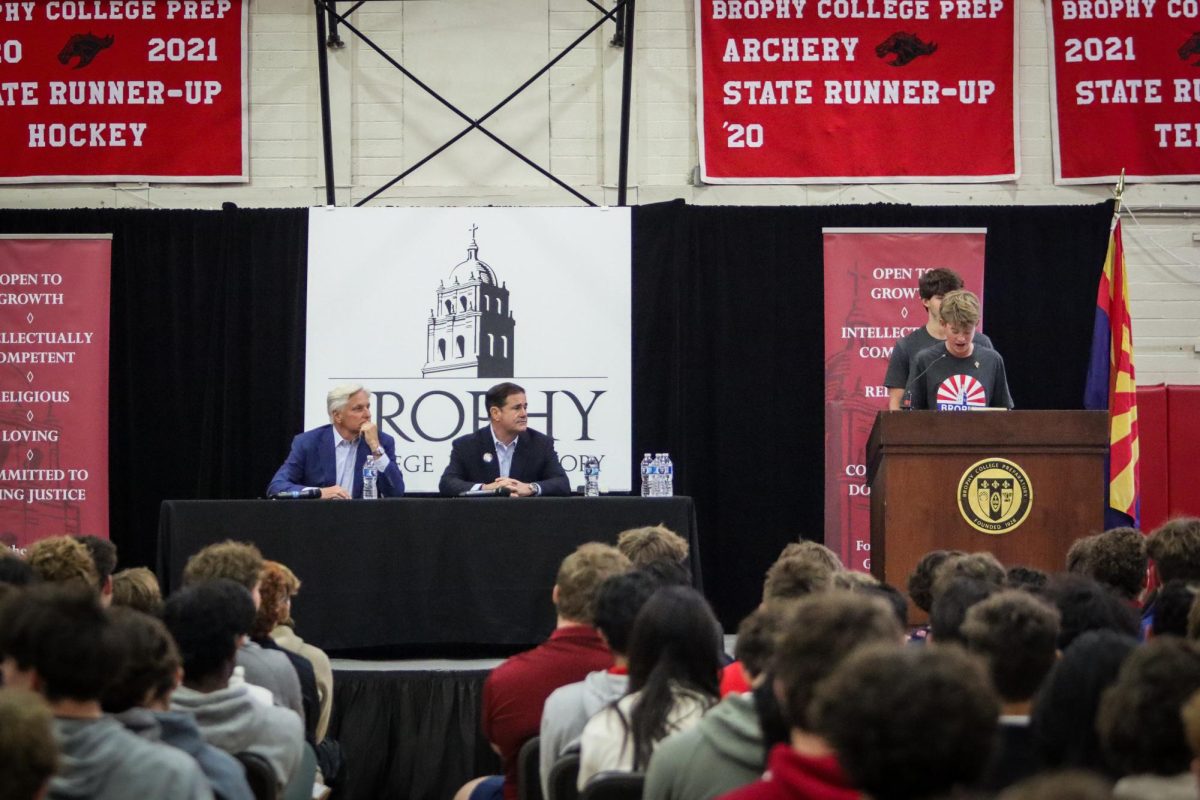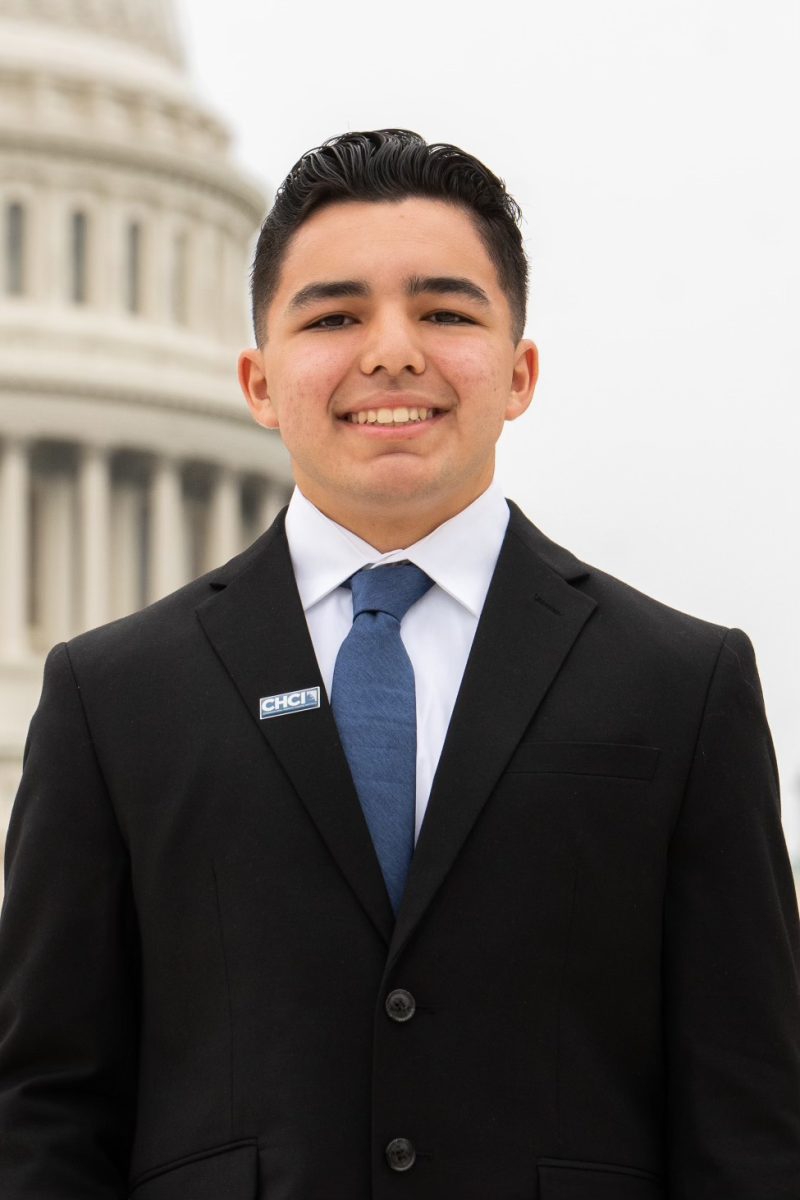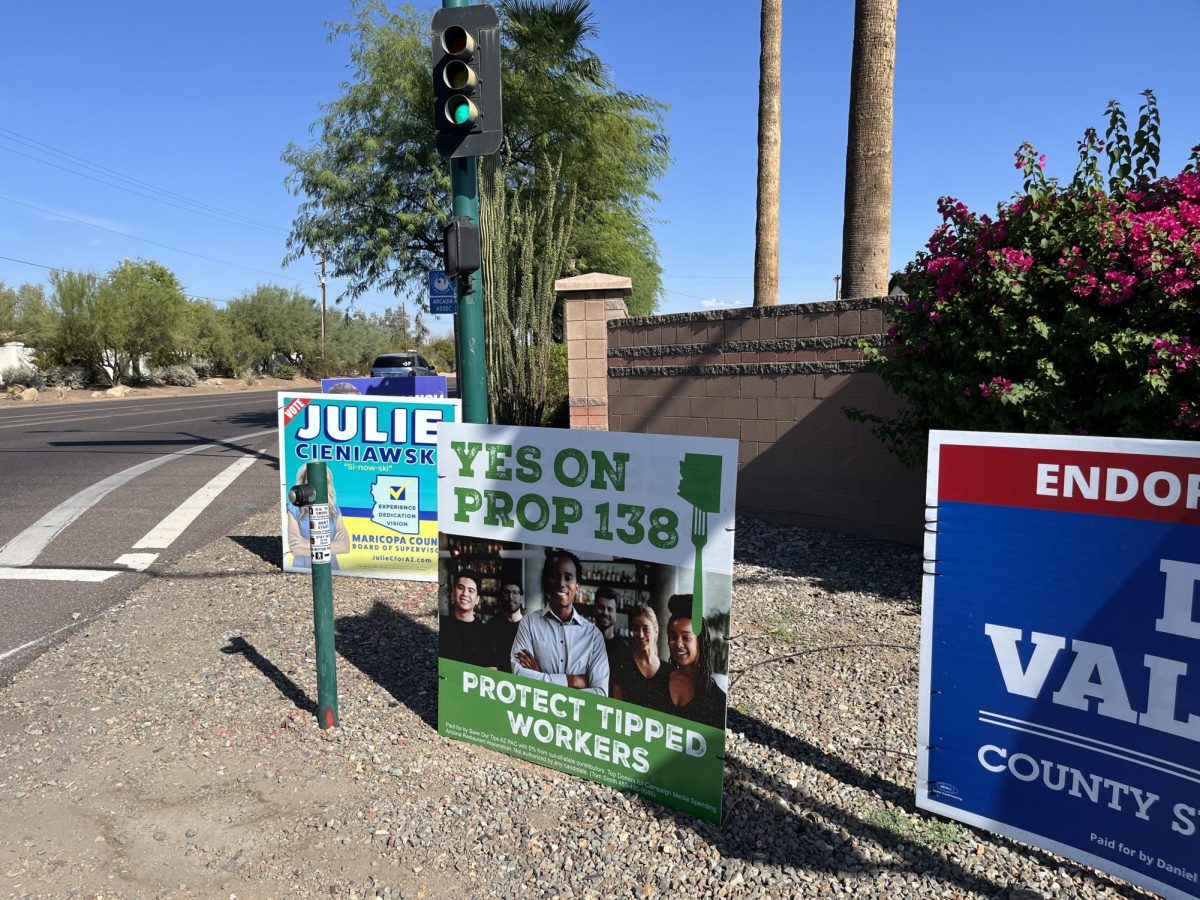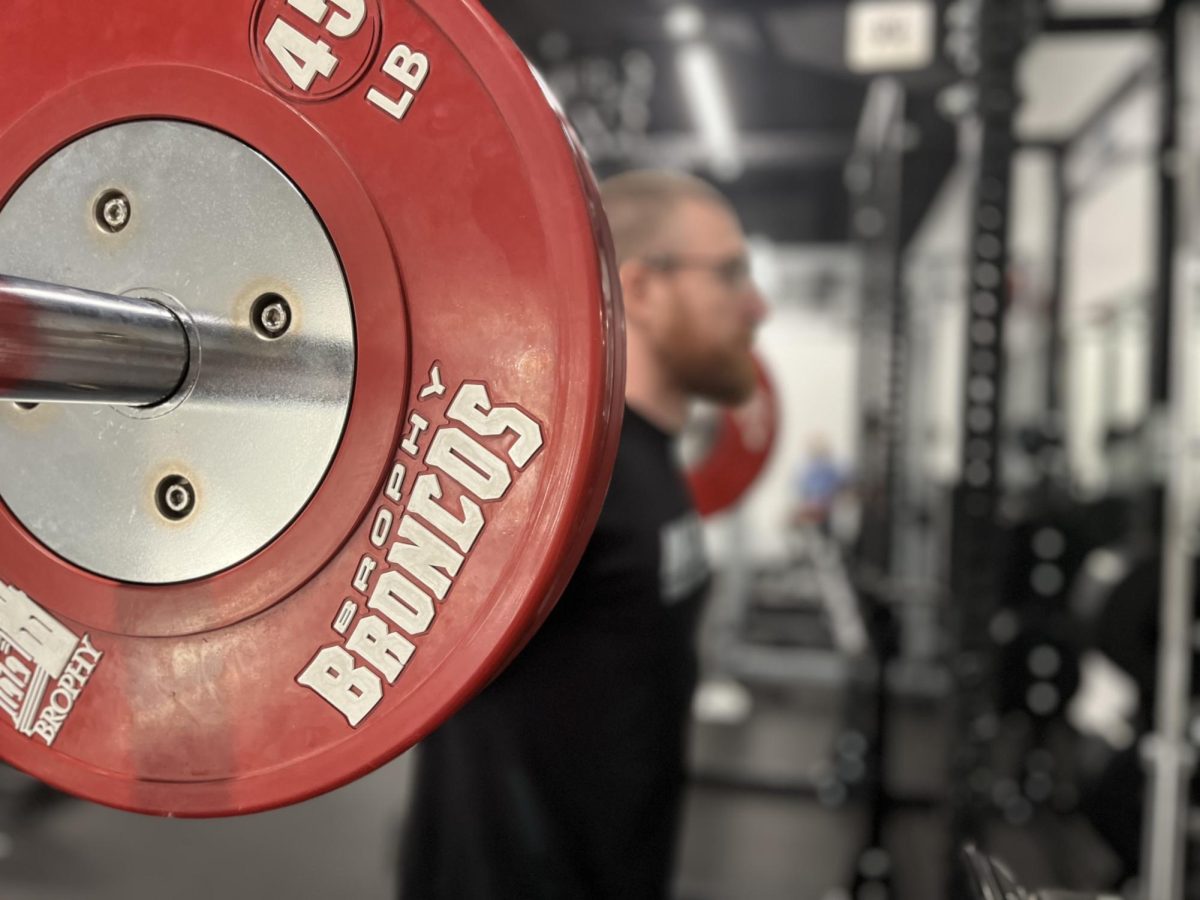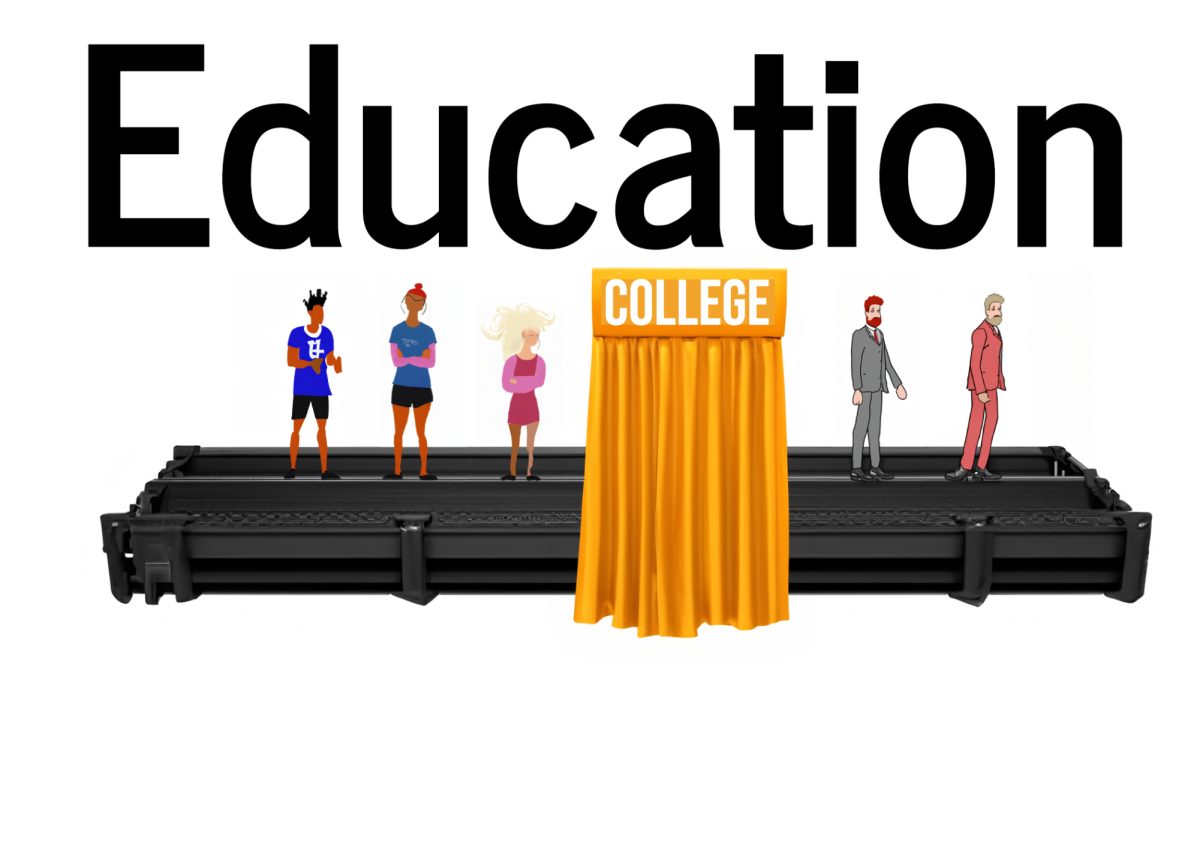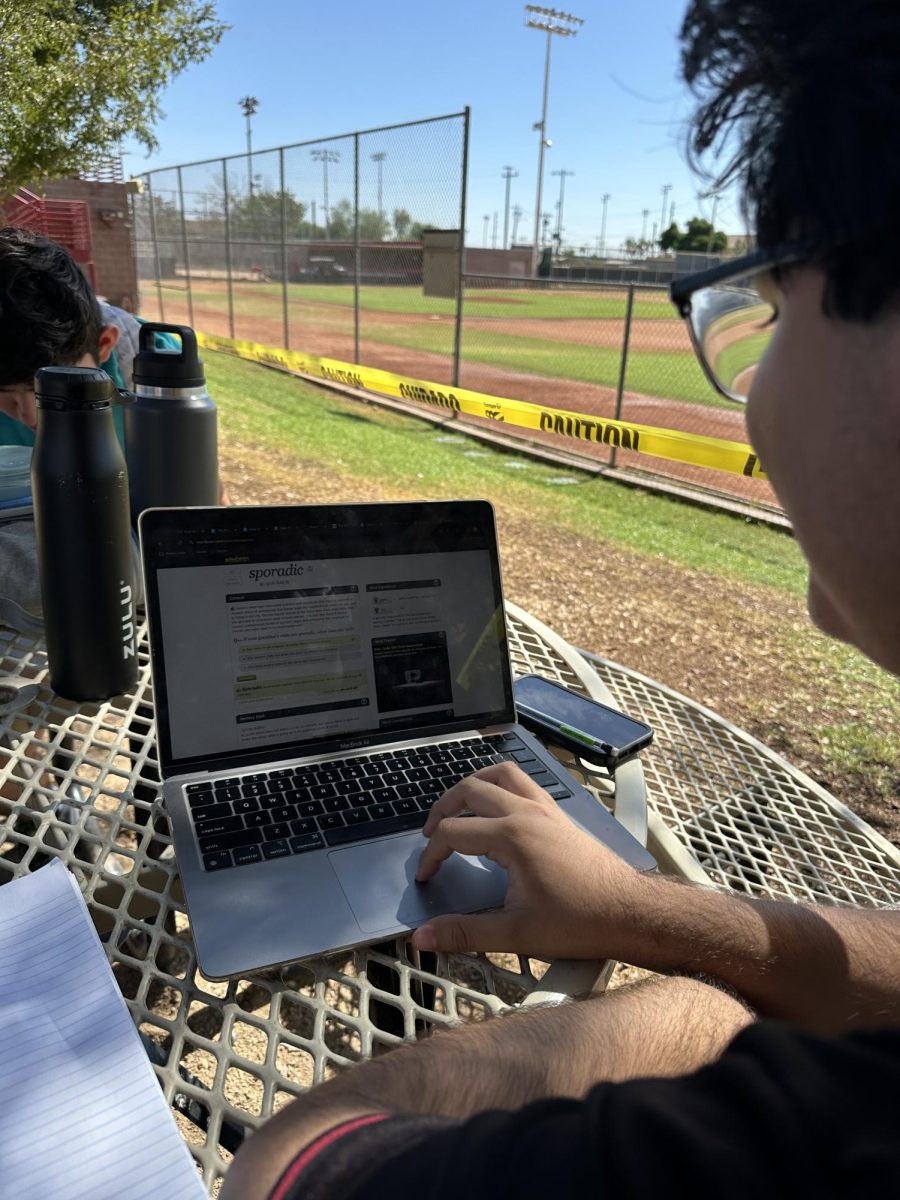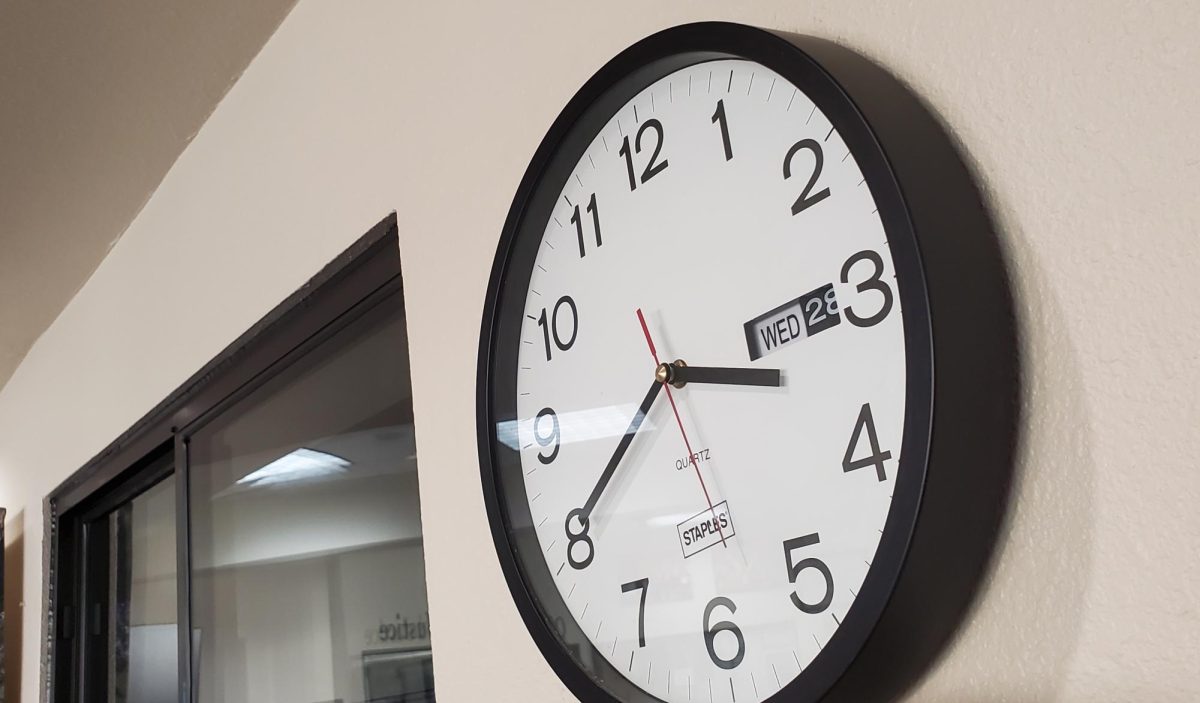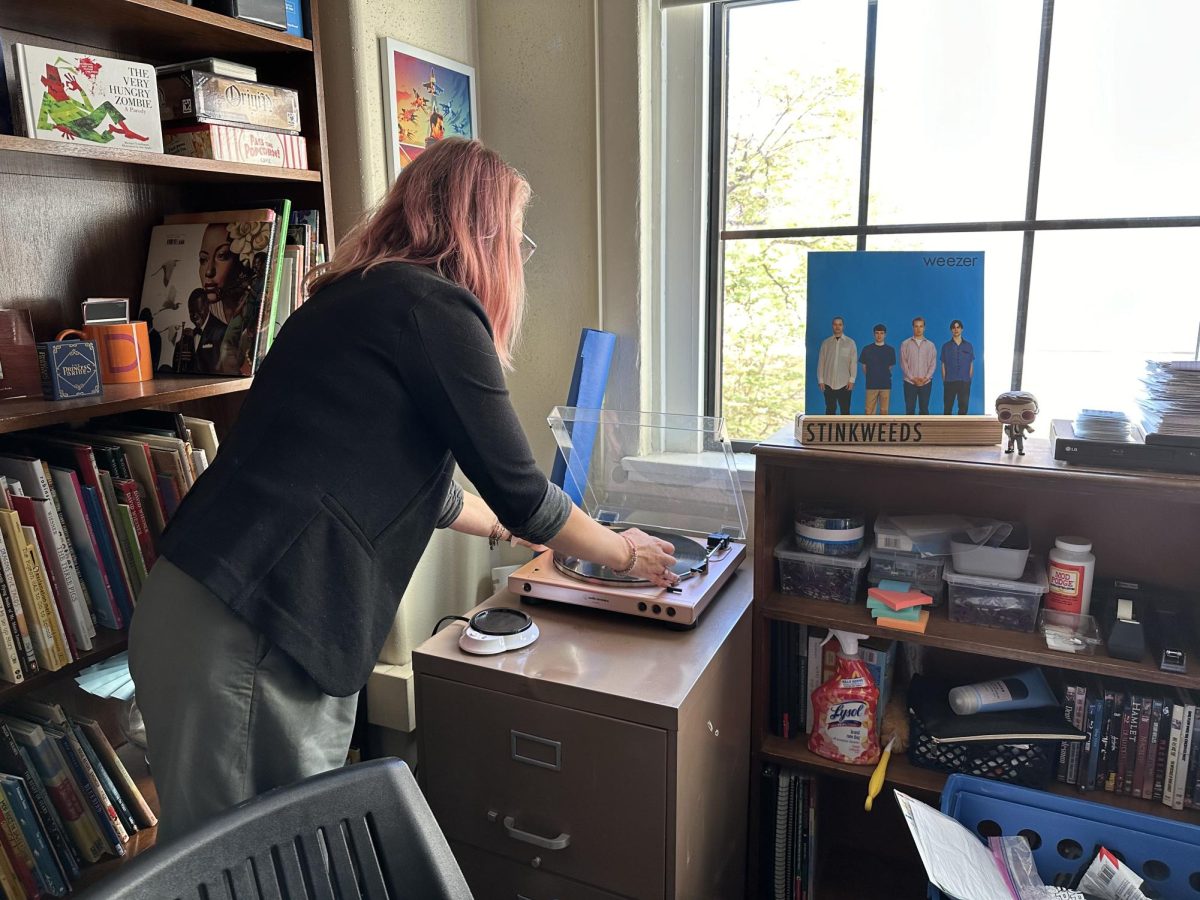By Garrison Murphy ’15
THE ROUNDUP
He stands at about 5’7, has sandy blonde hair, bright blue eyes and seemingly boundless amounts of energy.
Matt Figueroa ’15 is more affectionately known as “Fig.” Although most wouldn’t know without meeting him, his heritage is primarily Cuban.
“I am Cuban, but I have blonde hair and blue eyes,” Figueroa said as he walked by the grassy area in front of Brophy Hall. “When it comes to me telling someone I’m Cuban it really strikes them because Cubans usually have dark complexion, and I obviously am the opposite of that … although I actually identify as Latino.”
Figueroa said that he has never been the target of racial prejudice, but feels that the issue of passive or inadvertent racism is an often overlooked phenomenon, especially on the Brophy campus.
“Brophy definitely has a wide range of views, but I really see it everywhere,” Figueroa said.
The occurrence he is experiencing is known worldwide as an aspect of a behavior called micro-aggression.
Different from passive-aggression, micro-aggression is characterized by seemingly unremarkable comments that have a deeper and more hurtful intended meaning, usually regarding race or gender.
This is very similar to a “backhanded-complement” in which the aggressor uses the vessel of a compliment to disguise an insult.
The issue was recently brought to light by photographer Kiyun who photographed and posted online 21 individuals who claimed to have been victims of racial micro-aggression. View the photos at www.buzzfeed.com/hnigatu/racial-microagressions-you-hear-on-a-daily-basis.
Each person held a sign with an example of a micro-aggressive statement pertaining to their race or ethnicity, such as “You’re really pretty, for a dark skin girl.”
When asked for local examples students pointed to the tendency for non-Hispanics to label all Hispanic individuals as Mexican
“It’s kind of become a social norm to just classify Hispanics as Mexican even though a lot aren’t,” said Christian Franco ’15. “Even though I am of Mexican descent I could see how it would be harmful to someone.”
The term micro-aggression was first seen in the early 1970s when discovered by Harvard Medical Professor Chester Pierce.
It came into the public’s eye three years later when Mary Rowe of Massachusetts Institute of Technology released a full analysis of the behavior stating that it is characterized by, “brief and commonplace daily verbal, behavioral, or environmental indignities, whether intentional or unintentional.”
Isn’t aggression something that requires intent?
“A lot of these are said in an innocuous way or in the form of a question … but thoughts and words have consequences, even if they are not intended,” said English teacher Mr. John Damaso ’97. “I am certain that there have been comments I have made that have been perceived as aggressive, and it doesn’t matter if I intended it or not,”
Mr. Damaso introduced this concept to his students in the month of December when he shared the 21 photos of micro-aggression taken by Kiyun to his AP English III class.
“I wanted you guys to see a contemporary connection that these are ideas that we have been struggling with as a country for hundreds of years and as a species forever,” Mr. Damaso said.
With the 2014 Summit on Human Dignity approaching, this topic will be considered by the wider community.
Figueroa said before making a generalization or comment about an individual’s race or ethnicity it’s best to get to know them first.
“It is really more than the color of your skin or the way you speak, it’s more your character and not the complexion of your skin,” Figueroa said. “Character should come before anything.”

